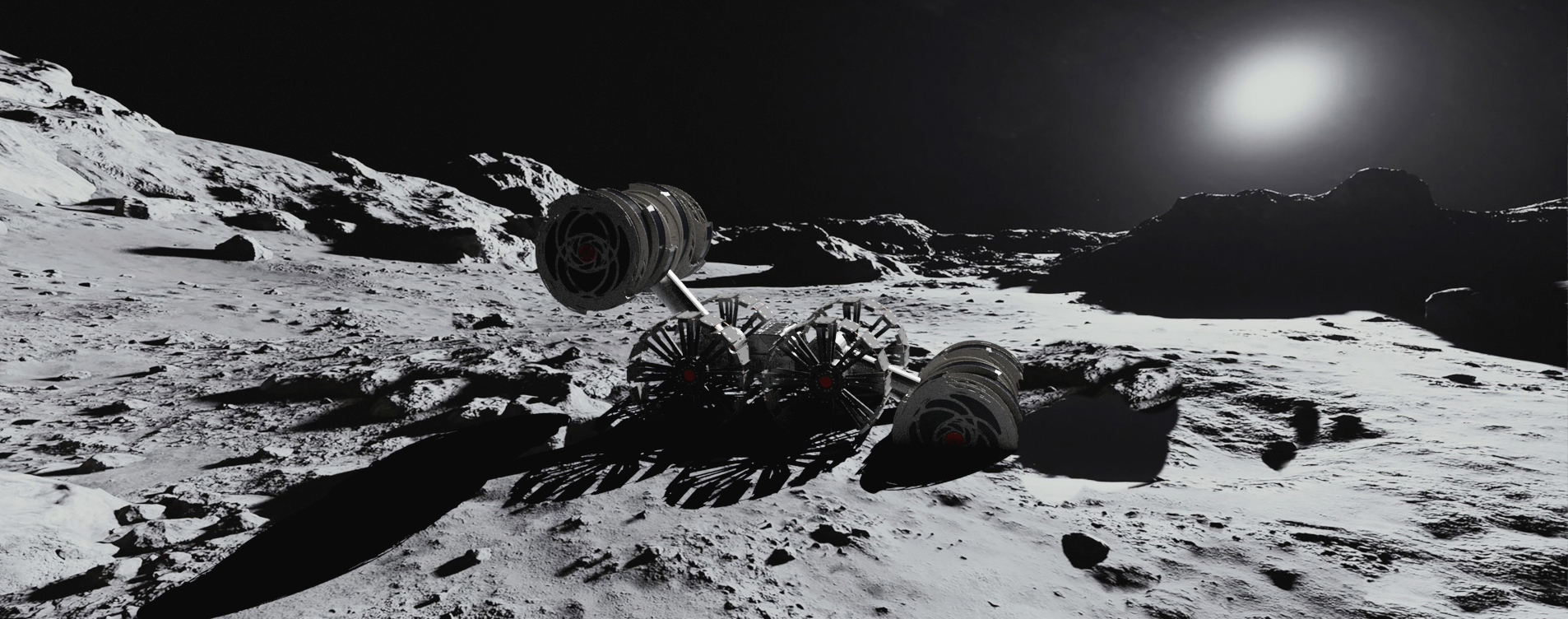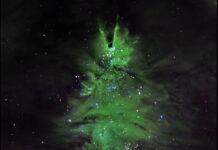Exploring the Lunar Autonomy Challenge: A Gateway to Advanced Software Development for Space Exploration
In the realm of space exploration, challenges are abundant, but they extend beyond merely dealing with hardware complexities. A new initiative, known as the Lunar Autonomy Challenge, is setting the stage for U.S. college and university students to showcase their software development skills in an innovative way. This initiative is designed to immerse students in virtual simulations of the Moon’s surface, where they will be tasked with developing autonomous agents capable of performing specific tasks without human intervention. These digital agents will operate NASA’s ISRU Pilot Excavator (IPEx) in a simulated environment, mapping designated locations on the lunar surface.
The ISRU Pilot Excavator represents an advanced autonomous mobility robot. It is specifically engineered to effectively gather and transport lunar regolith, which is the loose, rocky material found on the Moon’s surface. Understanding and mastering autonomous systems is crucial because they empower spacecraft, rovers, and robots to function independently without the need for constant human oversight. This independence is particularly vital for missions like Artemis, which aim to explore the Moon.
Understanding the Need for Virtual Simulations
Before deploying hardware to operate autonomously on the Moon or any other celestial body, it must undergo rigorous testing in virtual simulations. These high-fidelity simulations are crucial because they allow NASA to predict and optimize the performance of both software and hardware in real-world scenarios. By using virtual simulations, technologists can explore a variety of mission scenarios, observe possible outcomes, and minimize risks associated with space exploration.
The Challenge Structure and Its Technical Aspects
The Lunar Autonomy Challenge is a platform that not only tests but also enhances students’ understanding of autonomous systems. Participants will work with simulation tools developed by Caterpillar Inc., a company with decades of experience in research and development. The challenge requires teams to leverage the digital twin of the IPEx, utilizing its cameras and orientation sensors to accurately map surface elevations and identify obstacles. Similar to real lunar missions, participants must address energy management and navigate the Moon’s difficult terrain and low-light conditions. Through this competition, students will gain invaluable insights into autonomous robotic operation, surface mapping, localization, orientation, path planning, and hazard detection.
Eligibility and Participation Criteria
To participate, teams must comprise at least four undergraduate or graduate students, accompanied by a faculty advisor from a U.S. college or university. The competition is scheduled to take place between November 2024 and May 2025, featuring both a qualifying round and a final round. Interested teams must submit their applications by Thursday, November 7, 2024.
Round 1: Qualifying Phase
During the first round, selected teams will develop and train their autonomous agents using the provided virtual environments. Each team will have three opportunities to submit their agent for evaluation in a qualification environment. The performance of each submission will be scored, and the highest-scoring teams will be invited to proceed to the next round.
Round 2: Final Phase
In the second round, teams will refine their agents further. They will be given multiple opportunities to submit their agents for competition. Ultimately, the top three teams with the highest scores will emerge as the winners of the challenge.
Prizes and Incentives
The top three teams in the finals will be awarded cash prizes to acknowledge their achievements:
- First Place: $10,000
- Second Place: $5,000
- Third Place: $3,000
Application Process and Additional Resources
Applications must be submitted via the NASA STEM Gateway by the November 7, 2024 deadline. For detailed information on the challenge, including proposal requirements, FAQs, and additional technical guidance, prospective participants are encouraged to review the Challenge Guidelines and visit the Lunar Autonomy Challenge website at https://lunar-autonomy-challenge.jhuapl.edu.
Collaboration and Management
The Lunar Autonomy Challenge is the result of a collaborative effort involving NASA, The Johns Hopkins University (JHU) Applied Physics Laboratory (APL), Caterpillar Inc., and Embodied AI. The APL is responsible for managing the challenge on behalf of NASA, ensuring a seamless and educational experience for all participants.
The Broader Impact
The Lunar Autonomy Challenge represents a significant step forward in preparing the next generation of engineers and scientists for the future of space exploration. By engaging students in real-world scenarios and providing them with state-of-the-art tools, this initiative not only enhances their technical skills but also inspires innovative thinking and problem-solving capabilities.
Moreover, the challenge aligns with NASA’s broader goals of fostering educational opportunities and advancing space technology. By building a community of skilled and knowledgeable individuals, NASA is paving the way for more autonomous and efficient space missions in the future, ultimately contributing to the success of initiatives like the Artemis program and beyond.
Final Thoughts
For students passionate about space exploration and technology, the Lunar Autonomy Challenge offers a unique opportunity to contribute to a critical area of research and development. By participating in this challenge, students can gain hands-on experience, connect with industry experts, and potentially influence the future of lunar exploration. As space continues to be a frontier of endless possibilities, initiatives like the Lunar Autonomy Challenge ensure that we are well-prepared to meet the challenges and seize the opportunities that lie ahead.
For more Information, Refer to this article.


































